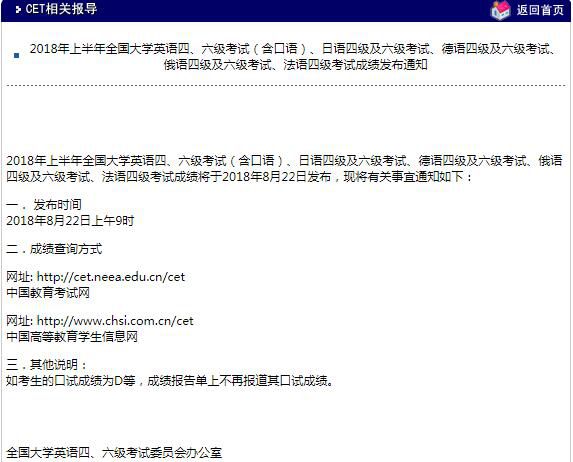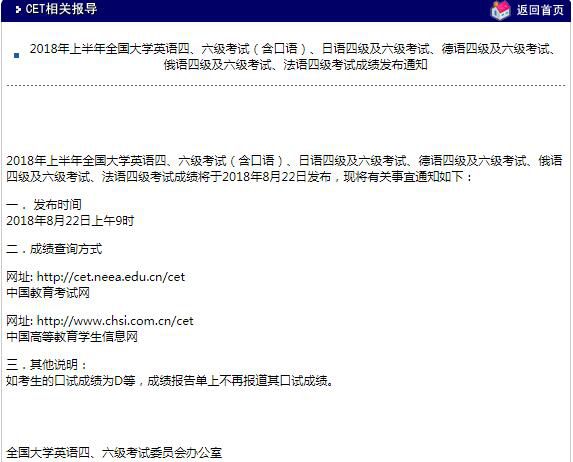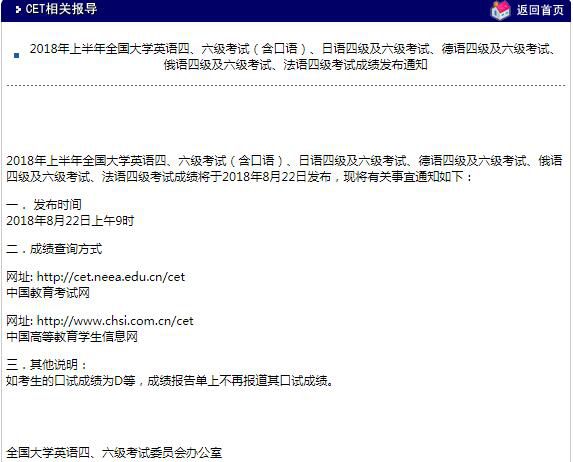LSAT考试全真试题三SECTION4(6)
|
22. Which one of the following statements best expresses the main idea of the passage? (A) Tollefson s focus on the economic and cultural factors involved in adjusting to a new country offers a significant departure from most studies of Southeast Asian immigration. (B) In his analysis of educational programs for Southeast Asian immigrants. Tollefson fails to acknowledge many of the positive effects the programs have had on immigrants lives. (C) Tollefson convincingly blames the philosophy underlying immigrant educational programs for some of the adjustment problems afflicting Southeast Asian immigrants. (D) Tollefson s most significant contribution is his analysis of how Southeast Asian immigrants overcome the obstacles they encounter in immigrant educational programs. (E) Tollefson tractes a gradual yet significant change in the attitudes held by processing center educators toward Southeast Asian immigrants. 23. With which one of the following statements concerning the educational programs of the immigration centers would Tollefson most probably agree? (A) Although the programs offer adequate job training, they offer inadequate English training. (B) Some of the programs attempts to improve the earning power of the immigrants cut them off from potential sources of income. (C) Inclusion of the history of immigration in the United States in the programs currcula facilitates adjustment for the immigrants. (D) Immigrants would benefit if instructors in the programs were better prepared to teach the curricula developed in the teacher-training courses. (E) The programs curricula should be redesigned to include greater emphasis on the shared values. beliefs, and practices in the United States. 24. Which one of the following best describes the opinion of the author of the passage with respect to Tollefson s work? (A) thorough but misguided (B) innovative but incomplete (C) novel but contradictory (D) illuminating but unappreciated (E) well documented but unoriginal 25. The passage suggests that which one of the following is an assumption underlying the educational approach in immigrant processing centers? (A) There is a set of values and behaviors that if adopted by immigrants, facilitate adjustment to United States society (B) When recent immigrants are self-supporting rather than supported by public assistance, they tend to gain English proficiency more quickly (C) Immediate employment tends to undermine the immigrants sense of community with each other (D) Long-term success for immigrants is best achieved by encouraging the immigrants to maintain a strong sense of community. (E) The principles of self-sufficiency and individual success are central to Southeast Asian culture and ethnicity. 26. Which one of the following best describes the function of the first paragraph of the passage? (A) It provides the scholarly context for Tollefson s study and a description of his methodology (B) It compares Tollefson s study to other works and presents the main argument of his study. (C) It compares the types of documents Tollefson uses to those used in other studies (D) It presents the accepted meory on Tollefson s topic and the method by which Tollefson challenges it (E) It argues for the analytical and technical superiority of Tollefson s study over other works on the topic 27. The author of the passage refers to Tollefson s descriptions of the bureaucratic nature of the immigrant educational programs in the fourth paragraph most probably in order to (A) criticize Tollefson s decision to combine a description of the bureaucracies with suggestions for improvement. (B) emphasize the author s disappointment in Tollefson s overly general recommendations for improvements to the programs. (C) point out the mony of Tollefson concluding his study with suggestions for drastic changes in the programs (D) support a contention that Tollefson s recommendations for improvements do not focus on the real sources of the programs problems (E) suggest a parallel between the complexity of the bureaucracies and the complexity of Tollefson s arguments |








